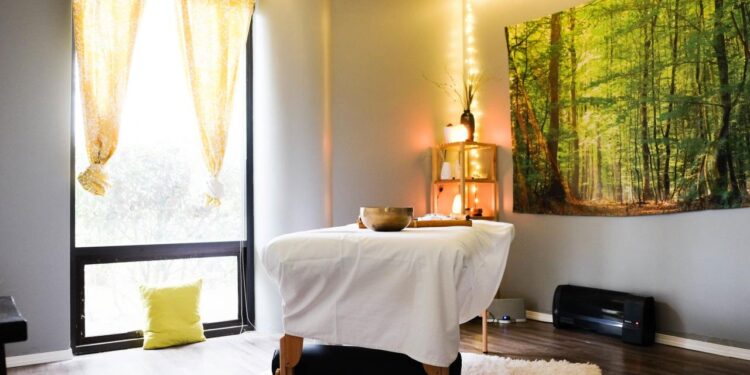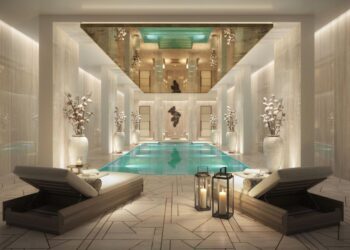The Essence of Home Wellness Spaces
Wellness spaces are purpose‑built areas within a home that foster holistic well‑being. Unlike general living or work zones, these areas are carefully curated to support activities such as yoga, meditation, strength training, or restorative rest.
A. Definition and Scope: A wellness space is any dedicated home zone designed for self‑care practices—physical, mental, or emotional.
B. Holistic Approach: Integrates movement, mindfulness, and sensory comfort through layout, materials, and technology.
C. Contemporary Relevance: With remote work blurring home‑life boundaries, a dedicated refuge for self‑care is more crucial than ever.
Key Benefits of Home Wellness Spaces
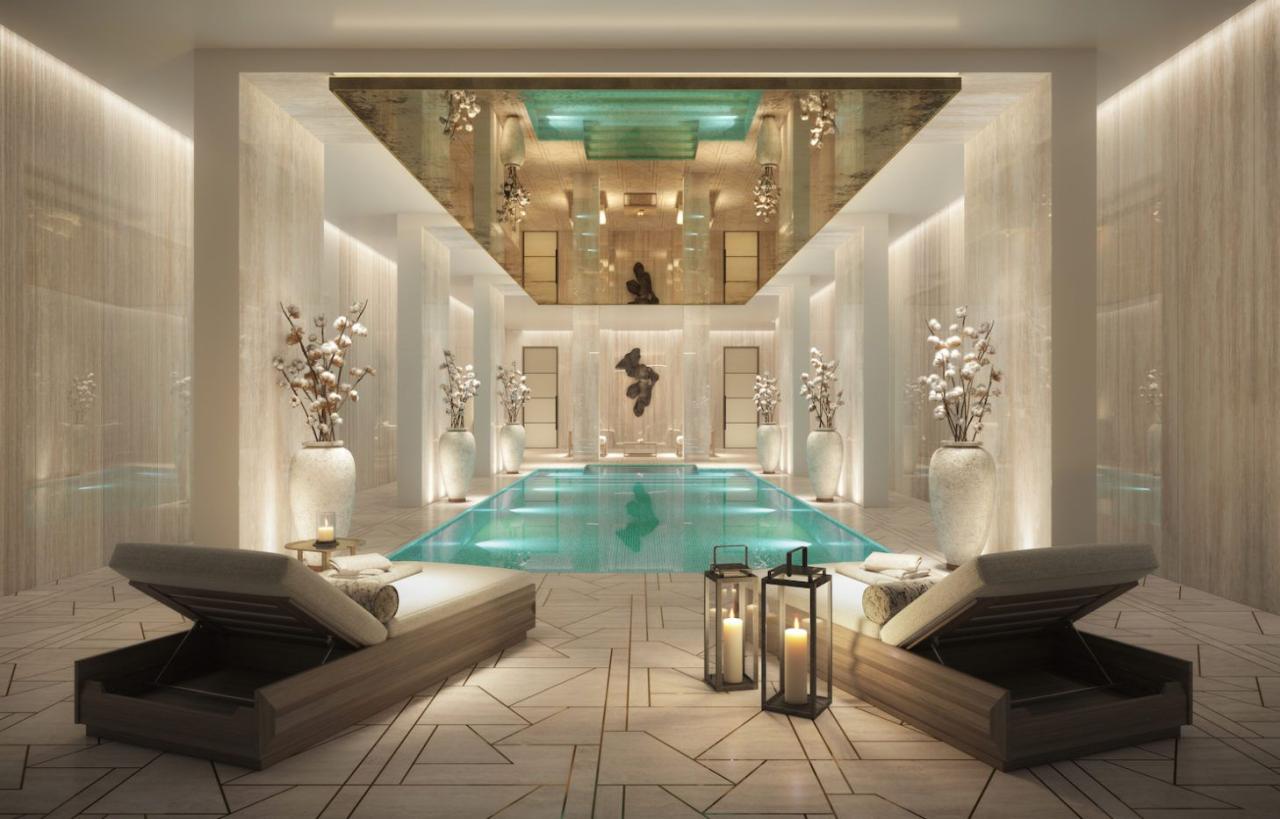
Designing specialized wellness areas yields far‑reaching advantages:
A. Physical Health Improvement: Ready access to exercise equipment encourages consistent workouts, improving strength, flexibility, and cardiovascular health.
B. Mental Clarity: Minimal‑distraction meditation zones, soft lighting, and ergonomic seating facilitate focus, reduce anxiety, and enhance productivity.
C. Emotional Resilience: Sensory elements like aromatherapy diffusers, soothing soundscapes, and tactile materials promote emotional balance and mood enhancement.
D. Work‑Life Balance: Clearly defined wellness zones help separate self‑care time from work and leisure, reducing burnout and improving overall satisfaction.
E. Family Well‑Being: Shared wellness areas support family yoga sessions, stress‑relief moments, and quality bonding activities.
Designing Effective Wellness Spaces
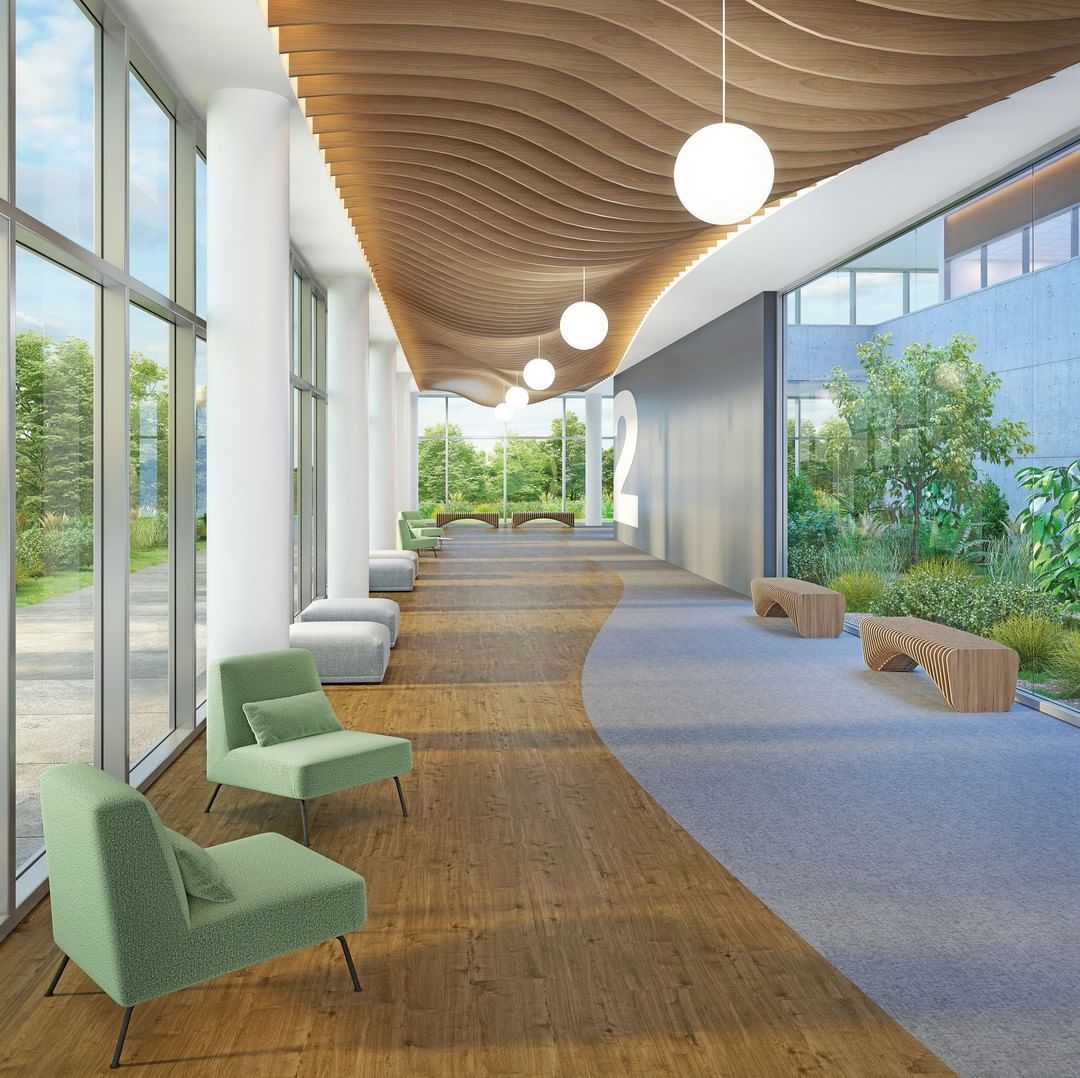
Successful wellness spaces combine functional planning with aesthetic and sensory considerations:
A. Location and Layout: Select a quiet, low‑traffic area—unused corners, spare rooms, attic lofts, or outdoor decks—to minimize interruptions.
B. Lighting Strategies: Maximize natural daylight; supplement with dimmable LEDs, Himalayan salt lamps, or smart bulbs that support circadian rhythms.
C. Material Selections: Opt for natural materials—bamboo flooring, cork mats, organic cotton cushions—to connect occupants with nature.
D. Climate Control: Maintain optimal temperature and humidity using air purifiers, humidifiers, portable fans, or thermostats for comfort during activity and rest.
E. Acoustic Treatment: Incorporate sound‑absorbing panels, water features, or soft textiles to dampen noise and foster tranquility.
F. Tech Integration: Use smart speakers for guided sessions, hidden wireless chargers for wearables, and retractable displays for virtual workouts without clutter.
Types of Home Wellness Areas
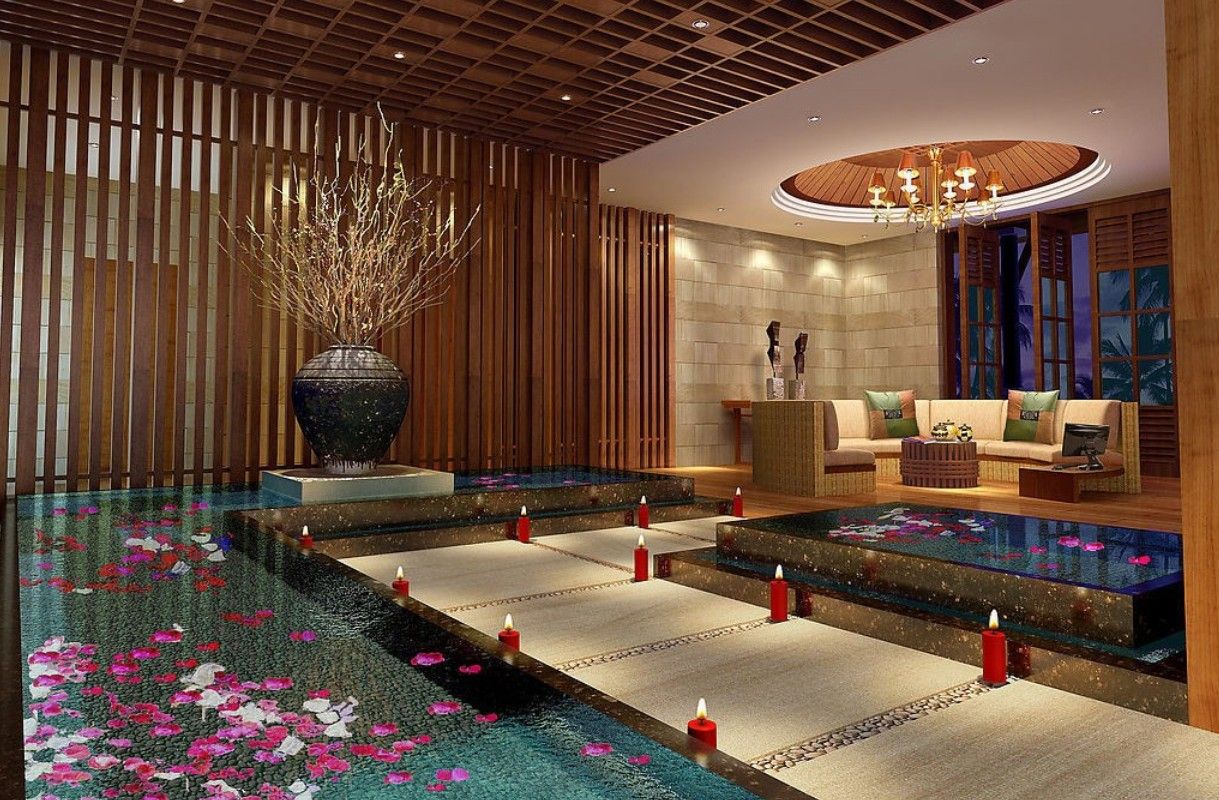
Wellness spaces can serve distinct functions or blend multiple modalities:
A. Yoga & Meditation Nook: Minimalist setup with a yoga mat, bolster pillows, low seating, and a small plant shelf or altar for focus.
B. Home Gym Corner: Compact strength and cardio equipment—adjustable dumbbells, resistance bands, foldable treadmill—alongside a large mirror and cushioned mat.
C. Quiet Study & Journaling Spot: Ergonomic desk or floor seat facing a window, layered with journals, pens, intention candles, and soft ambient music.
D. Relaxation Lounge: Oversized floor cushions, hammock chairs, art displays, and essential oil diffusers to create a restful retreat.
E. Family Well‑Being Hub: Open‑plan zone with modular seating, interactive mats, and space for group classes or creative therapy.
Alphabetized Essentials for Any Wellness Zone
Every wellness space thrives on carefully chosen elements:
A. Aromatherapy: Diffusers with essential oils—lavender for relaxation, peppermint for focus—add olfactory stimulation.
B. Botanical Elements: Indoor plants or vertical gardens purify air and foster a living connection.
C. Core Equipment: Yoga blocks, meditation benches, free weights, or cardio machines support targeted practices.
D. Digital Guides: Tablets or smart displays loaded with workout videos, guided meditations, or interactive wellness apps.
E. Ergonomic Furniture: Adjustable stools, floor cushions, or yoga chairs that support proper posture.
F. Flooring Solutions: Cushioned mats, cork tiles, and interlocking foam for joint protection and thermal comfort.
G. Lighting Controls: Tunable LED fixtures to shift between bright focus mode and warm relaxation glow.
H. Mindful Décor: Soothing art, textiles, or decals—mandalas, nature scenes, fractal patterns—that reinforce serenity.
I. Soundscapes: High‑quality speakers or indoor water features offering ambient nature sounds or soft music.
J. Storage Solutions: Sleek shelving and concealed cabinets to stow equipment, maintaining a clutter‑free environment.
Integrating Wellness into Existing Homes
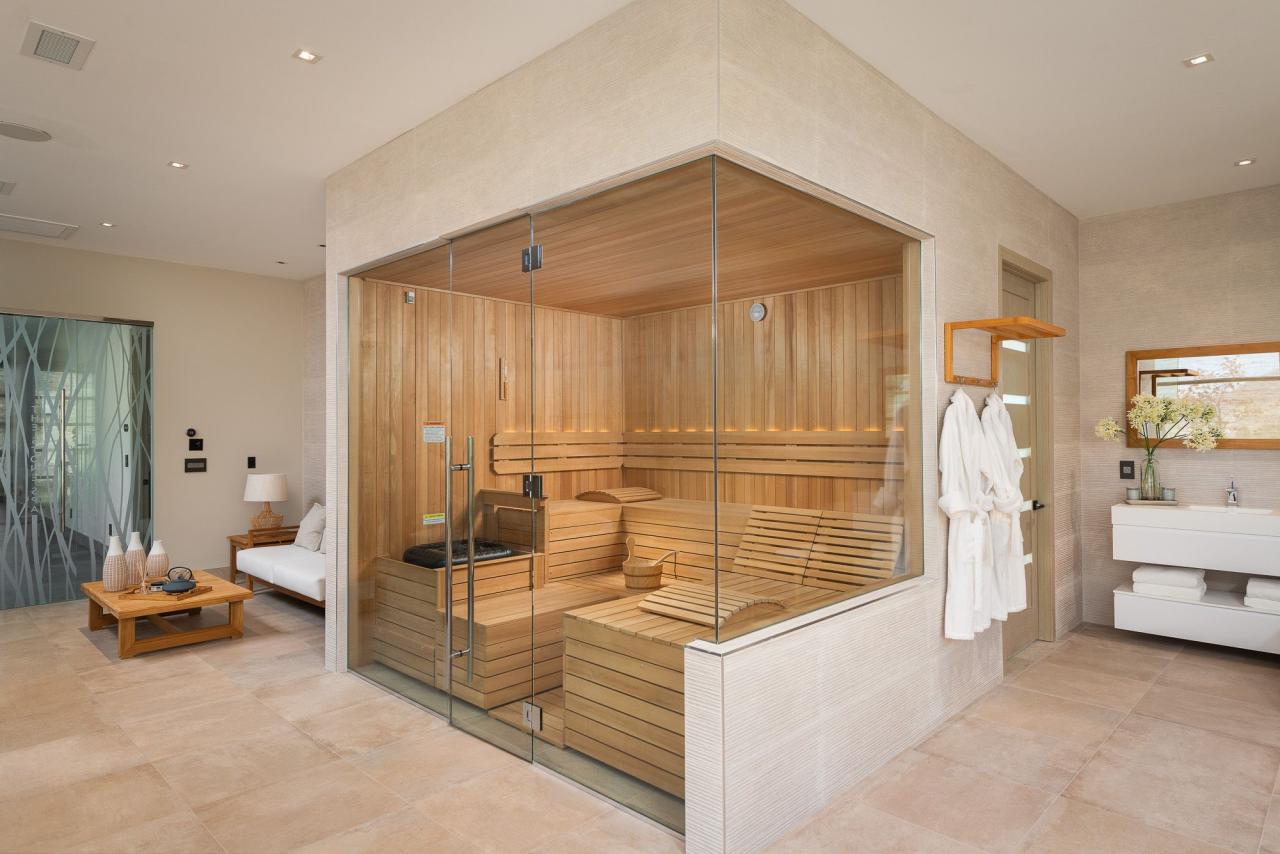
Even compact or fully occupied homes can carve out wellness zones:
A. Multi‑Functional Furniture: Fold‑away desks or wall‑mounted mats deploy only when needed.
B. Portable Solutions: Rolling carts for gear and speakers can be stowed after use.
C. Vertical Space Utilization: Wall racks for mats, hooks for bands, floating shelves for décor optimize square footage.
D. Color Zoning: Paint an accent wall in calming hues—sage green, dusty blue, warm beige—to delineate the space.
E. Modular Partitions: Sliding panels or sheer curtains create separation without permanent walls.
F. Outdoor Extensions: Small balconies or patios serve as wellness patios with weather‑proof mats and potted greenery.
Top Wellness Trends for 2024–2025
As home self‑care evolves, designers embrace fresh concepts:
A. Biophilic Micro‑Gyms: Tiny home gyms featuring living walls and daylighting mimic outdoor exercise spaces.
B. AR‑Enhanced Workouts: Augmented reality apps project virtual instructors or immersive landscapes into the wellness zone.
C. Tech‑Free Retreats: Signal‑blocking canopies or Faraday‑cage reading nooks for digital detox and sensory reset.
D. Adaptive Smart Lighting: Circadian‑tuned bulbs that shift color temperature to support energy, focus, and sleep cycles.
E. Eco‑Luxe Materials: Sustainable cork, recycled wood, and vegan leather used in premium mats, benches, and décor.
F. Wearable Integration Hubs: Docking stations that blend fitness trackers and smart rings seamlessly into décor.
Measuring Home Wellness Impact
Objective assessment guides continuous improvement:
A. Self‑Report Journals: Track mood, stress levels, and sleep quality before/after space use.
B. Wearable Analytics: Monitor heart rate variability, activity levels, and sleep patterns via fitness devices.
C. Usage Metrics: Record frequency and duration through manual logs or smart sensors.
D. Feedback Surveys: Gather household input on comfort, functionality, and perceived benefits.
These metrics justify the design and encourage regular engagement.
Overcoming Common Challenges
Creating and maintaining wellness spaces can face hurdles:
A. Space Constraints: Use collapsible equipment and dual‑purpose furniture to maximize functionality.
B. Budget Limitations: Start with affordable essentials—floor mats, plants, lighting—before investing in pricier gear.
C. Motivation Slumps: Rotate workout routines, introduce new tools, or schedule group sessions for accountability.
D. Aesthetic Cohesion: Match equipment finishes and décor palettes to blend seamlessly with existing home style.
With planning and flexibility, these challenges transform into creative opportunities.
Future Directions in Home Wellness Design
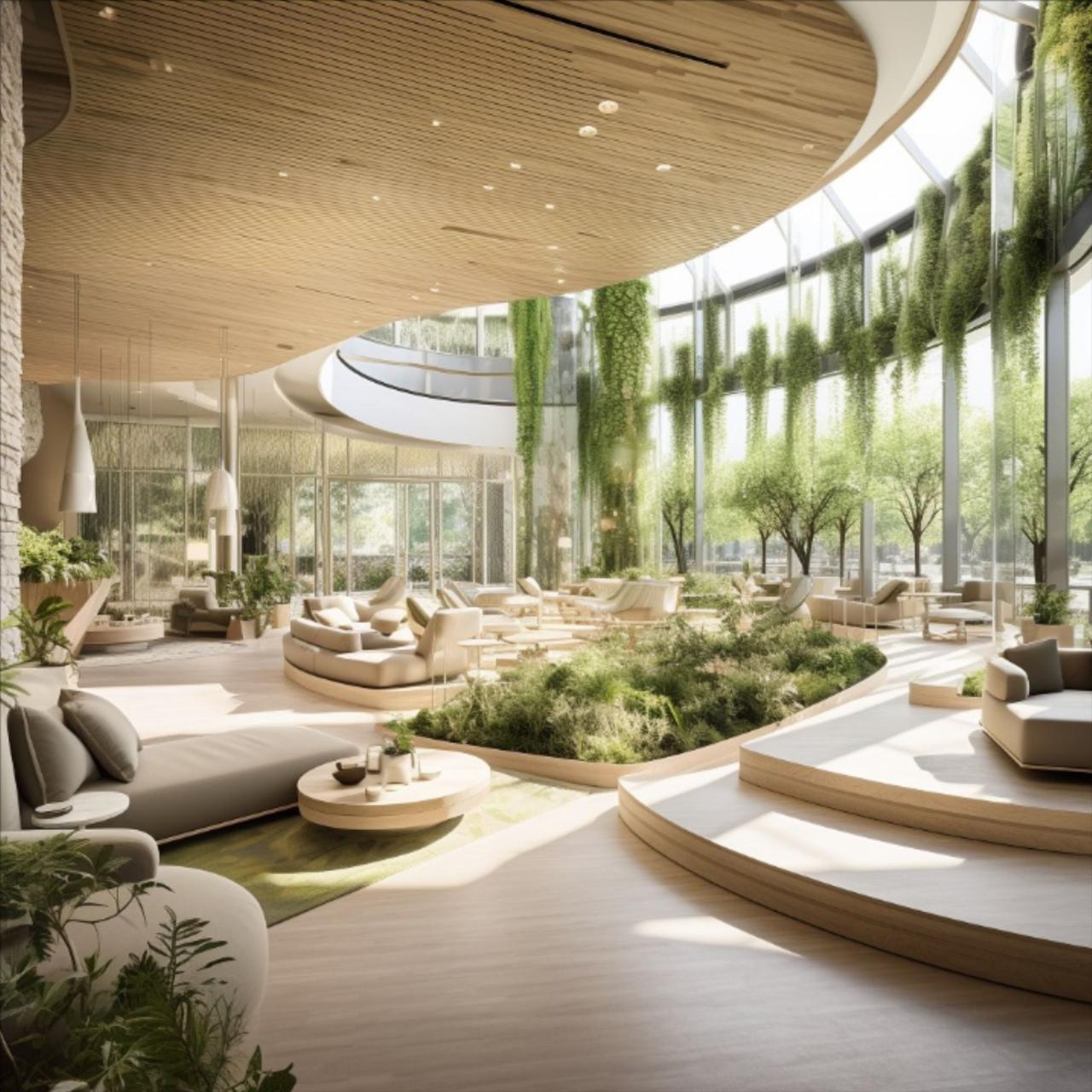
The convergence of tech, sustainability, and human‑centered design points to exciting innovations:
A. Virtual Wellness Communities: Neighborhood apps scheduling shared classes, promoting social connection.
B. AI‑Powered Personalization: Systems adapt lighting, sound, and suggested routines based on biometric feedback.
C. Energy‑Generating Equipment: Cardio machines that convert kinetic energy into electricity for home use.
D. Multi‑Sensory Immersion Pods: Dedicated cabins blending scent, sound, light, and vibration for deep relaxation.
E. Circular Wellness: Plans to refurbish and recycle home fitness gear, minimizing environmental footprint.
These trends promise to redefine how we cultivate health and happiness at home.
Conclusion
Wellness spaces are transformative additions to any home, elevating physical fitness, mental clarity, and emotional resilience. By applying strategic design—optimizing light, integrating natural materials, and curating functional equipment—homeowners can create dedicated sanctuaries that support diverse self‑care goals. As technology, biophilia, and community practices evolve, these spaces will continue to foster holistic well‑being. Embrace dedicated wellness zones to enhance daily life and nurture a healthier future.

